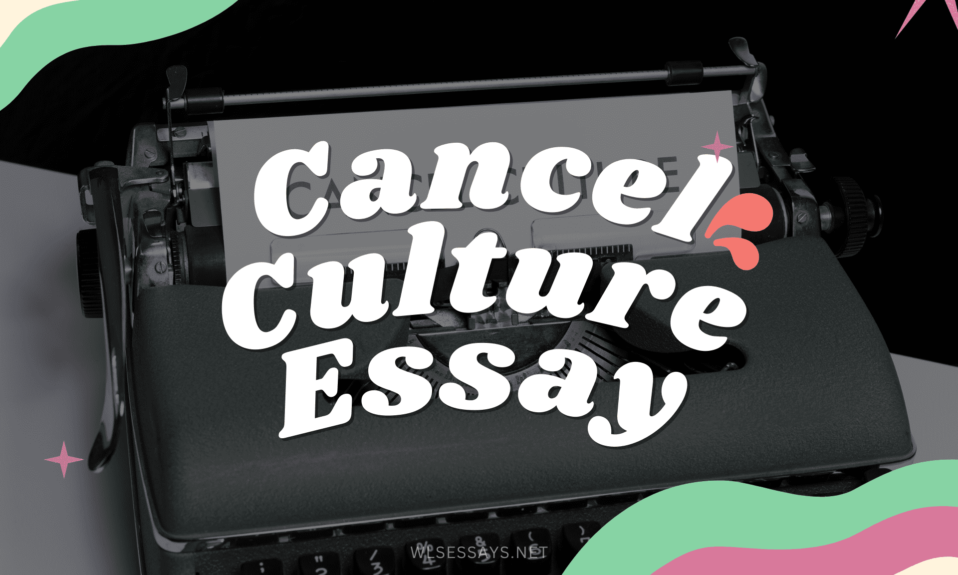Question One: Captain Preston’s View of the Boston Massacre
The Boston Massacre was a confrontation that occurred in early 1770 between British troops and townspeople, wounding eight individuals and killing five. Captain Thomas Preston was one of the officers involved in the massacre, and he claimed that the conflict resulted from tensions between the local colonists and the British soldiers stationed in the city. The British had imposed unreasonable taxes, angering many colonists and contributing to the hostility toward the troops. The resentment prompted the military to fire some shots, claiming the lives of people and leaving others wounded. The soldiers’ reaction to the protests was one of self-defense and fear; the people’s aggression and hostility threatened them. Preston defended the response of his team, claiming that they were trying to protect themselves from the violent and armed crowd. However, critics disagree with his justification, arguing that the soldiers would have retreated or implemented measures to control the situation rather than firing into the group.
Question Two: George Hughes and John Tudor
During an interview with publisher James Hawkers, George Robert Twelves Hewes gave an account that contrasted that of Captain Preston. According to the witness, the fight commenced when a British officer visited a barber in order to be dressed and shaved and later failed to pay. Pemont, the shop’s master, followed the officer to his house in demand of payment for the services. On arrival, the sentinel at the entrance denied him the chance to see the officer, leading to an exchange of angry words. Many people came to the scene, and the turmoil threatened the life of the sentinel, forcing him to call for the intervention of the troop lest he quit his post. Captain Preston came out with a few officers to defend the guards from the people’s violence. The captain was angered by the people’s failure to disperse; he ordered his men to fire, wounding two and killing three protestors on the spot.
John Tudor also reported about the horrid murder; he claimed that the event began with some young fellows and boys throwing snowballs at the guard who was standing at the customhouse door. Approximately eight to nine soldiers came to his rescue. After townspeople gathered to witness the ordeal, the Captain ordered the troop to fire, mortally wounding several locals and killing three of them. The gun firings attracted multitudes to the scene, and Captain Preston drew off his officers to avoid the wrath of the angry mob. The Boston Gazette and the Country Journal also gave their view of the massacre; they associated the catastrophe with people’s fury towards their leaders who had violated the country’s laws. Evidence proves that the troops provoked innocent civilians into arguments in order to get an opportunity to use their weapons. Several soldiers walked along the streets with their drawn bayonets and cutlasses, wounding and abusing many people. The people were only exercising their freedom of speech and using their rights to assembly, while the officers were presented as oppressive occupiers with no respect for human life.
Question Three: Difference in the Accounts
The massacre versions were different. One major distinction between the story of Captain Preston and the other accounts is that other witnesses believed that the soldiers initiated the hostility, while Captain Preston considered their action a response to the people’s resentment. The captain holds that the troops were in danger following people’s protests, but other stories make it clear that the demonstrations resulted from the military’s misconduct. The captain claimed that the firing was a defense mechanism because the soldiers were in danger, but the other accounts confirm that the frustrated colonists were unarmed. It is hard to believe the narration of the captain because it is clear that the troops were in an aggressive mood before the gathering of the people; they were only looking for a reason to apply force. The Flash Gordon can be used as a reference to explain the occurrence; the story portrays villains with exaggerated cruelty, stressing that they are a threat to the heroes. This story can be used to illustrate the versions of some parties, such as the Boston Gazette, which portrayed the officers as cruel.
Question Four: Paul Revere’s illustration of the Boston Massacre
Paul Revere depicted a confrontation that claimed the lives of five innocent colonists at the hands of law enforcement officers. The patriot’s woodblock print (titled “The Bloody Massacre”) made it possible for the bloody incident to be remembered for ages. Paul used drawings to demonstrate the seriousness of the incident, as many people were unable to read and his work became an iconic piece of revolutionary propaganda. The depiction seemed biased compared to their accounts; it appears that Paul was committed to serving a political purpose. The picture portrays the soldiers as highly organized, deliberately firing into the crowd. The provocation and tension from the crowd, as acknowledged by Tudor, Hughes, and Captain Preston, are entirely missing. The illustration can make people think that police officers are violent.








